Optimal Timing for Poison Ivy Removal

Early spring is ideal for removing poison ivy before it fully leafs out, reducing the risk of skin contact.
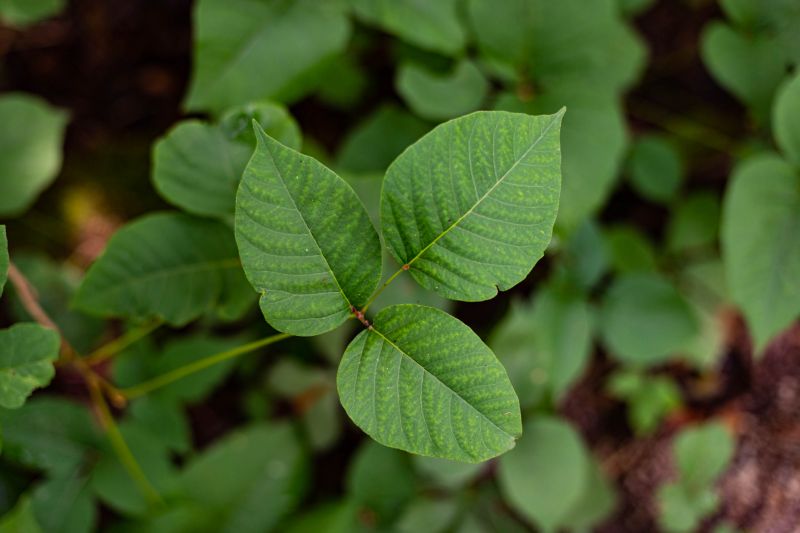
Summer offers active growth, making it easier to identify and target poison ivy for removal.

Fall is suitable for removal as the plant begins to die back, but caution is advised due to residual oils.
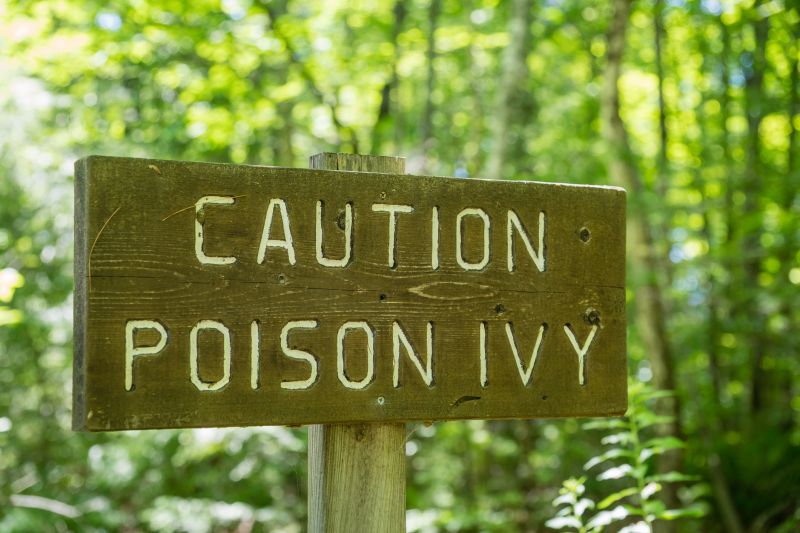
Ways to make Poison Ivy Removals work in tight or awkward layouts.
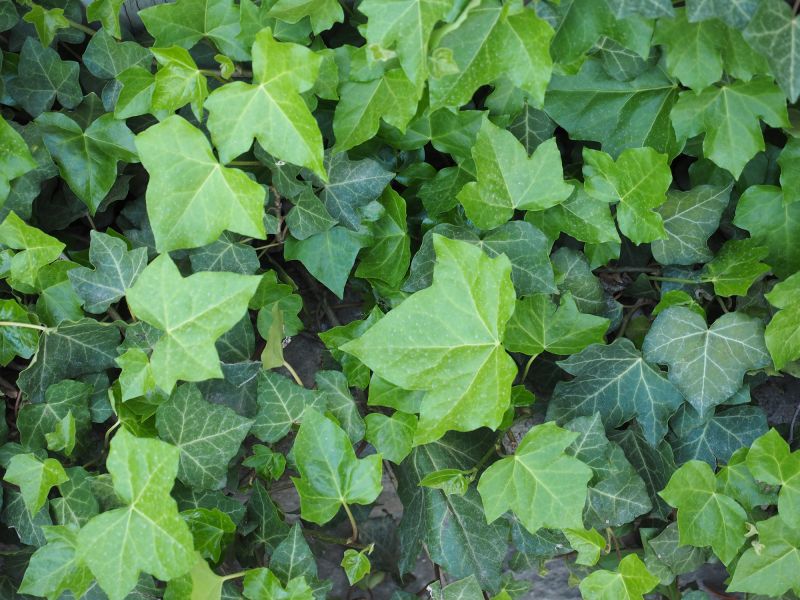
Popular materials for Poison Ivy Removals and why they hold up over time.
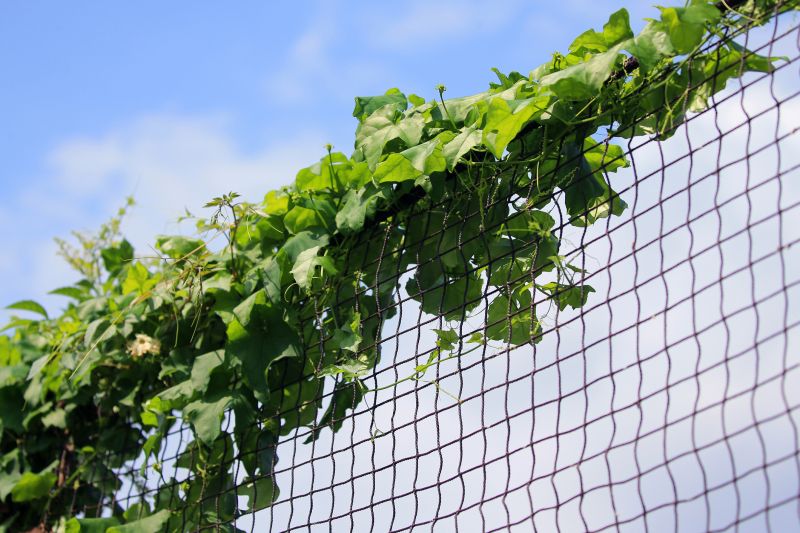
Simple add-ons that improve Poison Ivy Removals without blowing the budget.
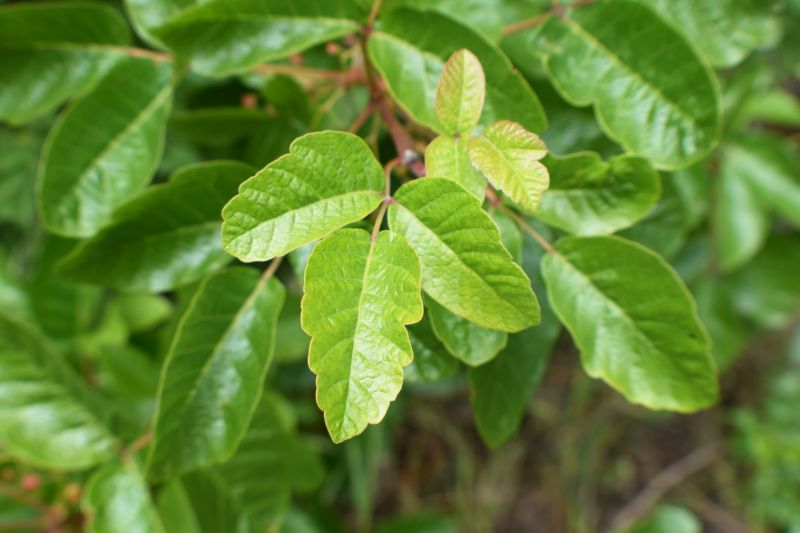
High-end options that actually feel worth it for Poison Ivy Removals.
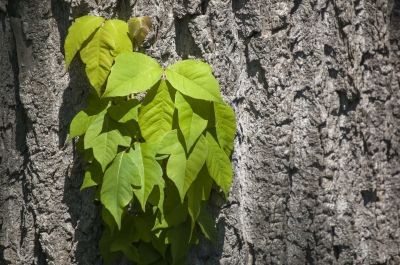
Finishes and colors that play nicely with Poison Ivy Removals.
Poison ivy removal timing depends on various factors including plant growth cycles and environmental conditions. Removing poison ivy during its active growth phase, typically in late spring and early summer, ensures better control and reduces the spread. Conversely, late fall removal can be effective as the plant begins to die back, but residual oils may still pose skin contact risks. Proper timing can minimize health hazards and improve removal efficiency.
Poison ivy begins to grow in early spring, with full leaf development by late spring and early summer. It remains active through summer and begins to die back in fall.
Removing poison ivy at the wrong time can increase exposure to urushiol oils, causing skin irritation and allergic reactions.
Weather conditions, such as rain or drought, influence plant visibility and removal safety, impacting timing decisions.
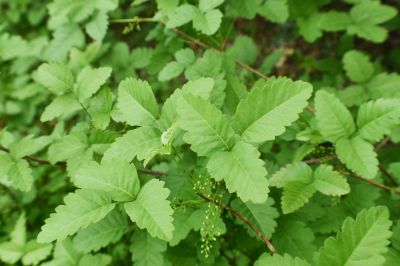
New growth appears as small vines and leaves, making it easier to identify and remove early.
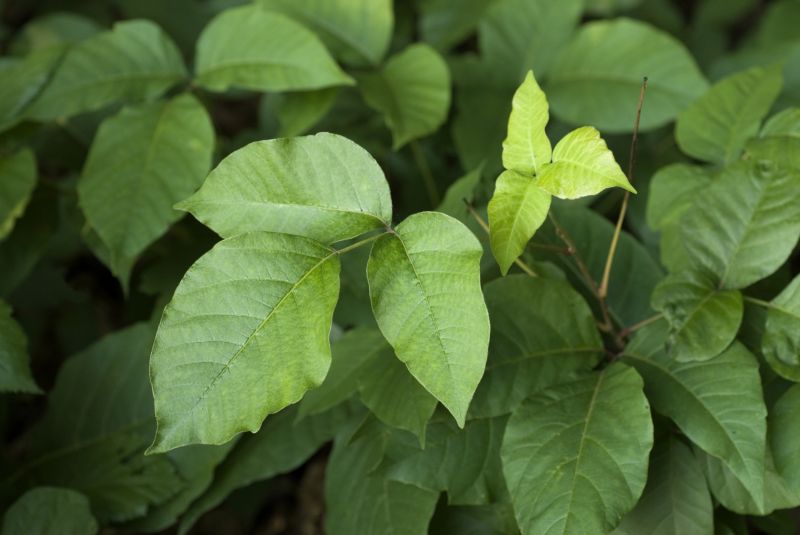
Full foliage with three-leaf clusters, requiring careful handling during removal.
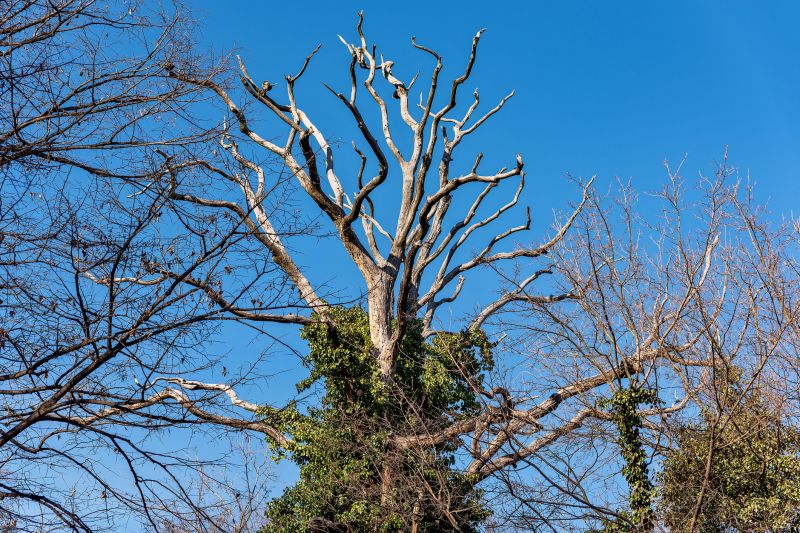
Plants begin to die back, with berries and residual oils still present.
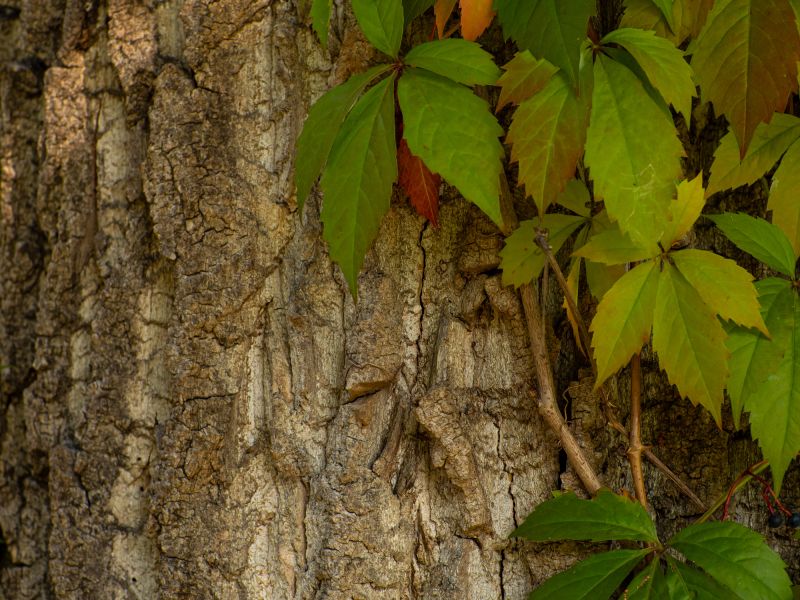
Climbing vines can be hidden among trees and shrubs, often requiring targeted removal.
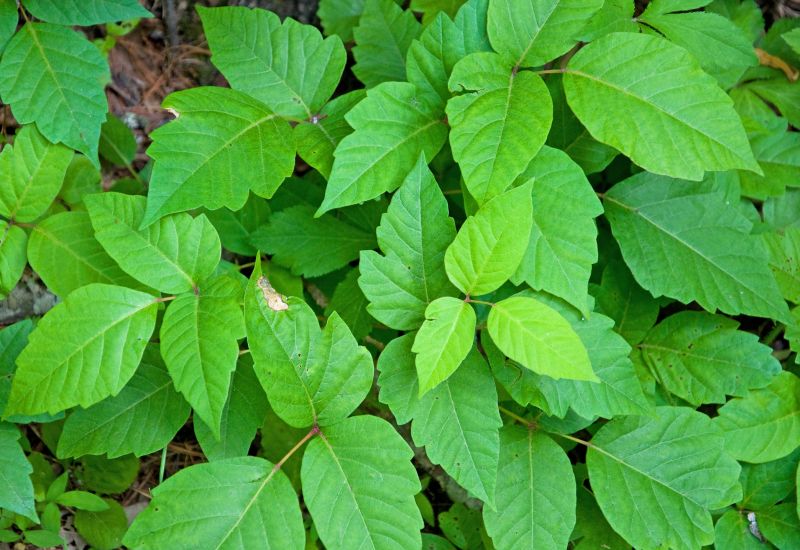
Distinctive three-leaf pattern helps in identification during all seasons.

Bright white or green berries appear in fall, indicating mature plants.
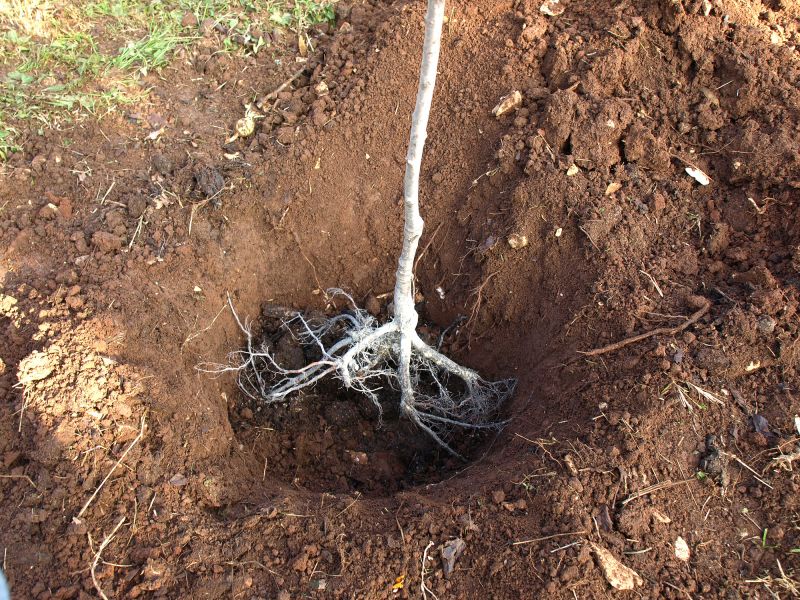
Underground roots can persist after above-ground removal, requiring thorough treatment.

Plants may become less visible, but oils remain potent and dangerous.
| Season | Optimal Removal Timing |
|---|---|
| Spring | Early spring before full leaf development |
| Summer | During active growth when leaves are fully developed |
| Fall | Late fall after leaf drop but before plant fully dies back |
| Winter | Generally not recommended due to dormancy and difficulty in identification |
| Post-Season | After leaf drop with caution due to residual oils |
Understanding the growth cycle of poison ivy is essential for effective removal. Proper timing reduces health risks and enhances control. Early intervention in spring and late fall are often preferred, but each season presents unique challenges and considerations for safe and thorough removal.
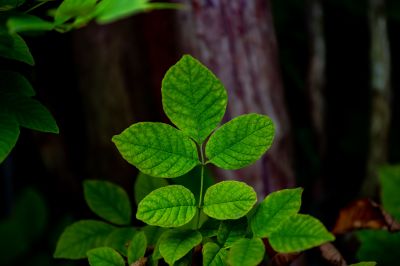
Recognizing the plant's distinctive three-leaf pattern is crucial for safe removal.
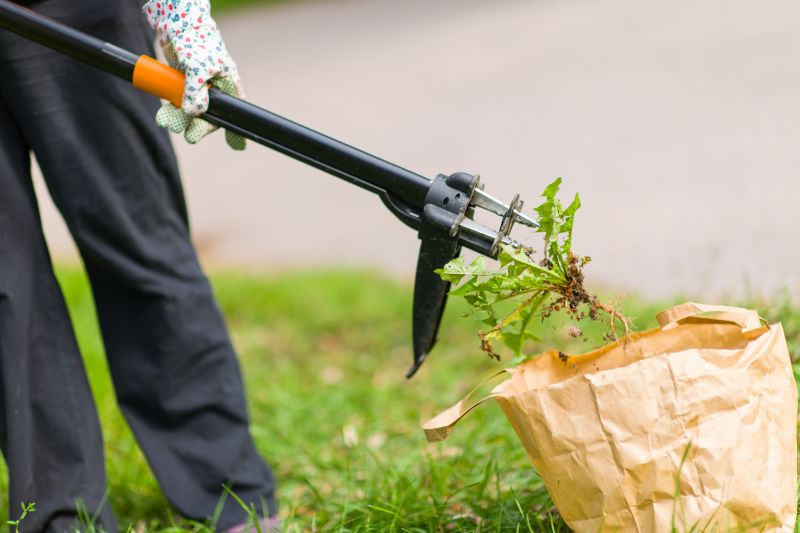
Use of protective gear and proper tools is essential during poison ivy removal.
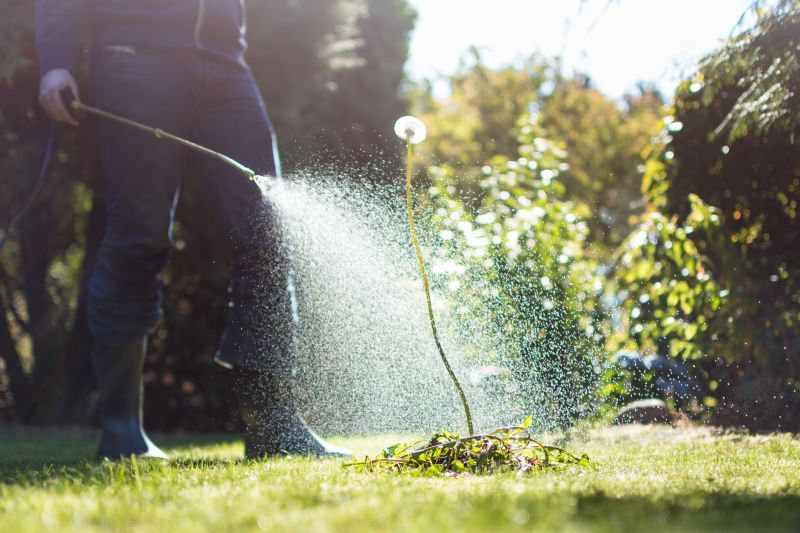
Removing residual oils and roots ensures complete eradication.
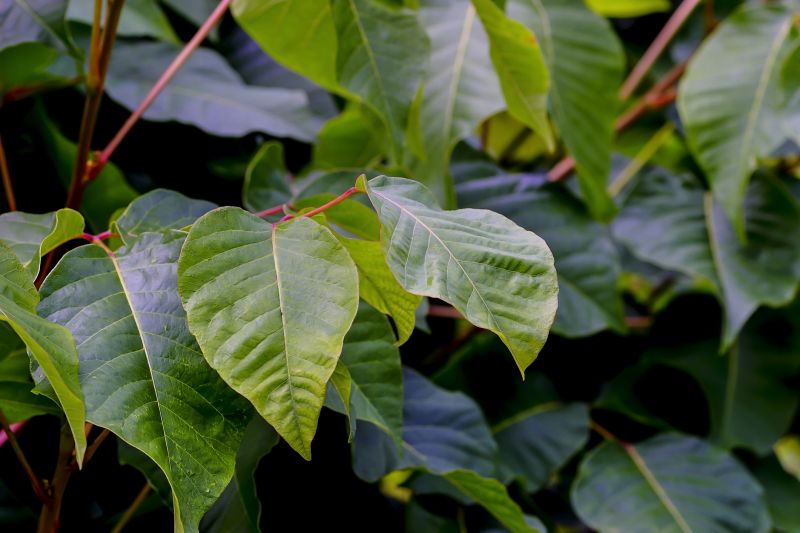
Plant appearance varies across seasons, influencing removal strategies.
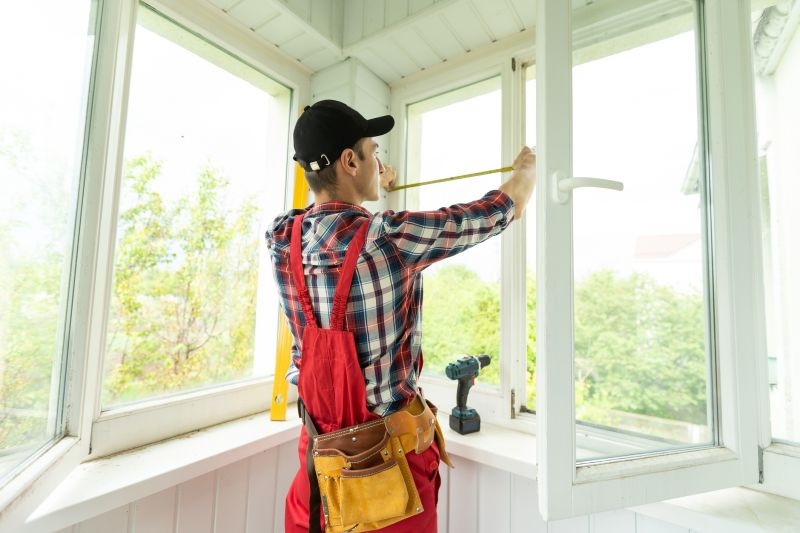
Little measurements that prevent headaches on Poison Ivy Removals day.
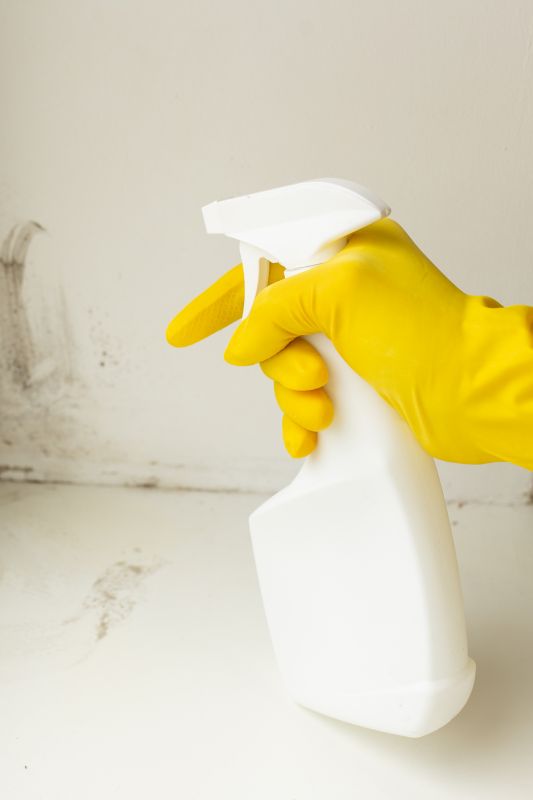
A 60-second routine that keeps Poison Ivy Removals looking new.

A frequent mistake in Poison Ivy Removals and how to dodge it.

Small tweaks to make Poison Ivy Removals safer and easier to use.
Timely poison ivy removal is vital for safety and landscape management. Identifying the plant at different stages and understanding seasonal variations can help in planning effective control measures. Proper techniques and protective measures are recommended to prevent allergic reactions and ensure complete eradication.
Interested in professional removal services? Fill out the contact form for assistance.
